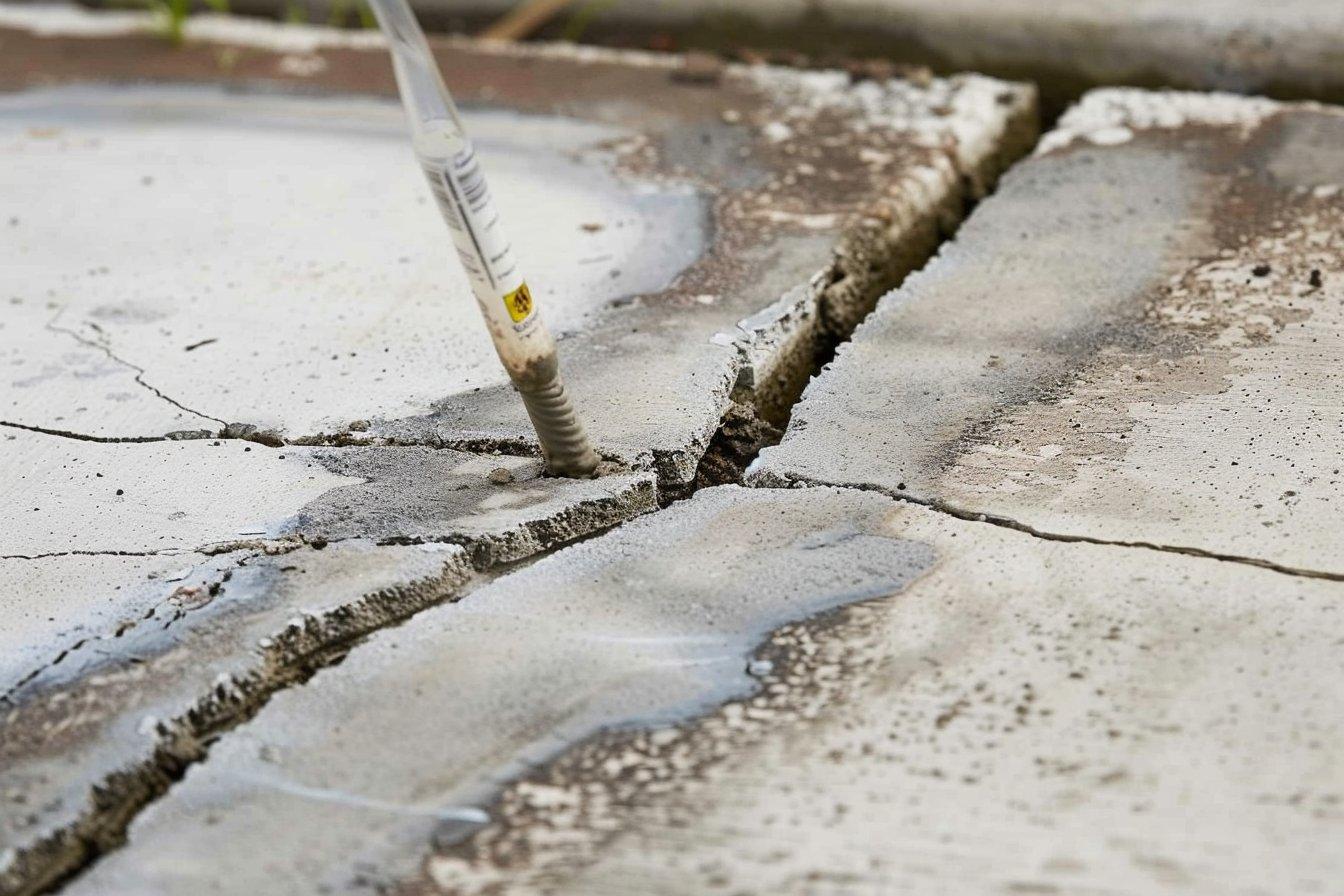Concrete Crack Repair for Building and Construction
Concrete cracks are common across many building and construction projects and can range from minor surface hairlines to structural defects that affect safety and performance. Understanding why cracks form, how to assess their severity, and which repair methods suit a given situation helps property owners and professionals choose appropriate actions without overreacting or delaying necessary work.

What causes concrete cracks?
Cracks typically form from a mix of material behavior and external forces. Common causes include plastic or drying shrinkage, thermal movement, differential settlement of the foundation, overloading, corrosion of embedded reinforcement, and freeze–thaw cycles in colder climates. Construction deficiencies such as poor joint placement, improper curing, inadequate subgrade compaction, or incorrect concrete mix can also lead to cracking. Identifying the underlying cause is essential because repairs that ignore movement sources or ongoing deterioration tend to fail or reappear.
When is a crack fit for repair?
Not all cracks require the same response. Superficial hairline cracks that do not allow water or air passage may be primarily cosmetic; wider cracks, actively moving joints, cracks that allow water infiltration, or cracks exposing reinforcement are higher priority. As a practical guide, many practitioners evaluate cracks that exceed a few millimeters (about 1/8 inch) or those changing over time. Monitoring with photos, simple gauges, or periodic checks can show progression. If there is structural concern, visible sagging, or spalling, consult an engineer for a formal assessment before repair.
Common concrete repair methods
Repair options vary by crack type and function. Epoxy injection restores structural capacity in static cracks by bonding the concrete and preventing moisture entry. Routing and sealing involves enlarging the crack and filling it with a flexible sealant—useful for non-structural cracks and control joints. Polyurethane or hydrophobic foams are suited for active leaks because they expand to seal wet, moving cracks. Stitching and doweling may be applied for load transfer across larger structural cracks. For extensive surface deterioration, overlays or resurfacing systems can restore durability and appearance. Material compatibility and expected movement should guide selection.
Concrete crack repair in building projects
Within building work, repair steps begin with inspection, documenting crack pattern, and determining structural implications. Repairs should align with the building’s load paths and envelope requirements; for example, waterproofing details around cracks in foundations or slabs must interface correctly with membranes or drainage. Coordination with structural engineers, contractors, and maintenance teams ensures the chosen method fits the building program and scheduling constraints. Preparation—cleaning, removing loose material, and ensuring a dry substrate—strongly affects outcome. Follow manufacturer guidance for adhesion, curing, and working temperatures to maximize longevity.
Concrete repair considerations in construction
On construction sites, prevention is often more effective than corrective repair. Proper mixture design, reinforcement placement, joint spacing, compaction, and curing reduce the risk of shrinkage and thermal cracking. Site drainage, protection from early frost, and avoiding rapid moisture loss also matter. When planning repairs during construction, consider sequencing to avoid introducing new stresses—e.g., avoid heavy live loads on fresh patches before full cure. Durability factors, such as exposure to deicing salts or chemical attack, influence material selection and long-term maintenance planning.
Conclusion
Concrete crack repair is a technical task that benefits from a clear diagnosis of cause and careful selection of repair techniques. Small, stable cracks may be managed with sealing or cosmetic treatments, while structural or leaking cracks require systems that restore load transfer and prevent moisture ingress. Integrating repair work with broader building and construction practices—proper material selection, surface preparation, coordination with structural assessments, and attention to drainage and curing—reduces recurrence. For local services and repairs, request documented assessments and product specifications so the chosen solution matches both the technical needs and the expected service life.






